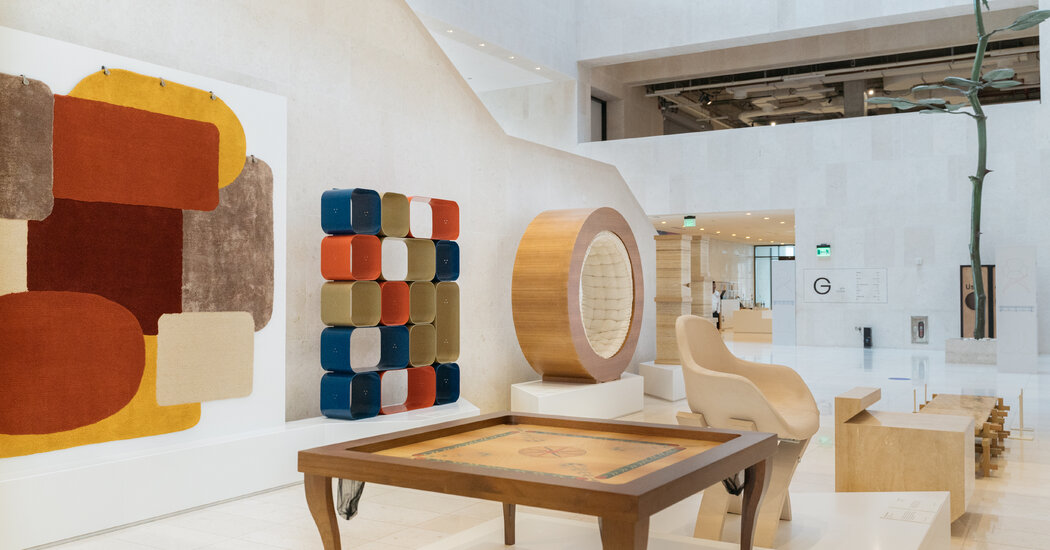Doha’s bustling century-old souk and the Msheireb Downtown Doha, a new environmentally friendly development just a 10-minute walk away, are an old-meets-new contrast — and a real reprieve from the sprawling malls that have come to define the colossal boom that has transformed the Persian Gulf region since the 1950s.
“You can find everything you need in one trip to the souk, and Msheireb offers a more modern and posh approach to the same idea,” said Maha Al Shebani, who lives in Doha, Qatar’s capital city, and often visits the area. “And now we have the option to do both at the same time.”
Souk Waqif, built in the early 20th century as a Bedouin trading post when Doha was little more than a village, was renovated in 2008, but in a way that retained much of its charm, restoring some early buildings and tearing down some modern parts to create a more authentic look. Its grand two-level stone buildings — with exposed timber beams, shuttered windows and glowing Arabian lamps dangling throughout — house dozens of stalls selling color-splashed glass lanterns, spices, clothing, tapestries and souvenirs amid the ever-present fragrance of burning frankincense.
There is even the Falcon Souq, a store that sells falcons, their helmets and other accouterments, and, conveniently, a falcon hospital next door.
And there is the souk’s cafe life: The central open-air space that winds through the buildings is lined with restaurants that offer ample outdoor seating (and elaborate misting systems to combat the city’s harsh desert climate) as well as shisha smoking for locals and tourists alike.
(Qatar has continued to emerge as a tourist center. Recently the country, which attracted about 1 million visitors to the 2022 World Cup, has been readying for holiday arrivals as well as fans traveling to the Asian Football Confederation Cup soccer competition, scheduled in January and February.)
As for the $5.5 billion Msheireb (Arabic for “a place to drink water”) district, its 100 buildings include five-star hotels, restaurants, dozens of independent retailers and condominiums. Completed in 2021, it covers about 75 acres, land that previously had been an industrial area.
Msheireb, developed by a division of the state-led Qatar Foundation, markets itself as a “smart city,” touting its environmental and digital features.
Its cream-color buildings, mostly just four or five levels high, are designed to repel heat, and traditional mashrabiya screens, whose…
Click Here to Read the Full Original Article at NYT > Travel…
